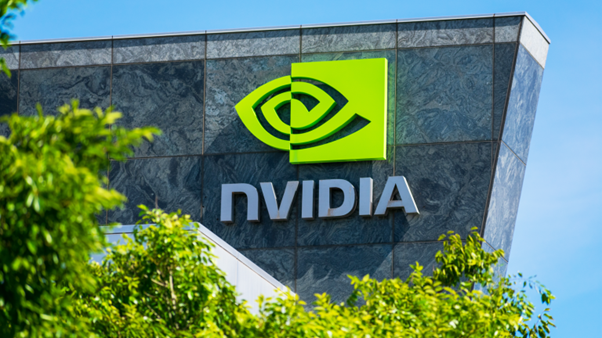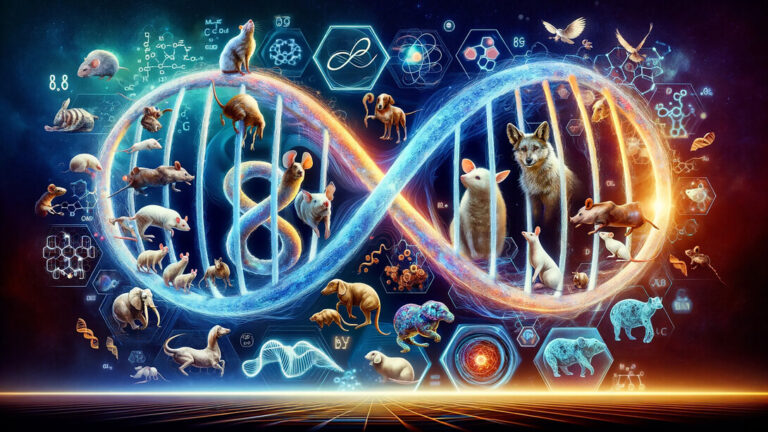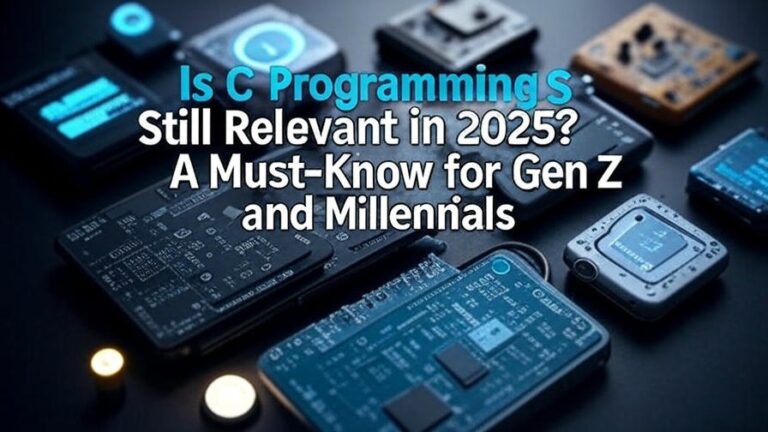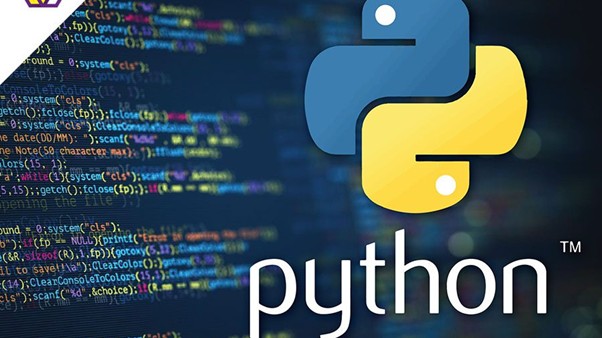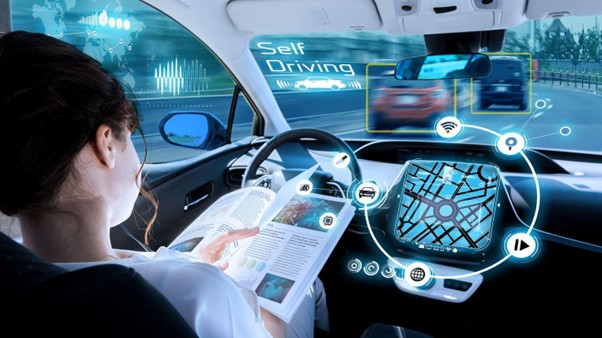Unlock the power of Decentralized AI and Web3, the future of the blockchain-powered internet. Explore how AI innovation, data privacy, and user empowerment are reshaping the digital world for Millennials and GenZ.
Introduction to Decentralized AI and Web3
Imagine an internet where you’re in charge—not tech giants. That’s Web3, the next-generation internet built on blockchain technology, prioritizing user control, data privacy, and transparency. Unlike Web2, where companies like Google or Meta dictate terms, Web3 empowers users to own their digital identity and interact peer-to-peer. Research highlights Web3’s potential to redefine online experiences through decentralization [1].
Enter Decentralized AI, a game-changer that takes artificial intelligence out of centralized servers and spreads it across networks. This ensures privacy, reduces bias, and makes AI accessible to all, not just corporations. By merging Decentralized AI with Web3, we get a smart, secure, and equitable digital ecosystem—perfect for Millennials and GenZ who crave innovation and digital freedom [2].
This blog dives into how Decentralized AI and Web3 are revolutionizing technology, offering a future where data ownership and ethical AI are the norm. It’s a vibe Millennials and GenZ will totally get—control your digital life while leveraging cutting-edge tech!

How Decentralized AI Powers Web3
How do Decentralized AI and Web3 create this digital revolution? It’s all about a powerhouse combo of technologies:
- Blockchain Technology: The heart of Web3, blockchain is a decentralized ledger ensuring data integrity and transparency. For AI, it tracks every decision or update, building trust without a middleman [3].
- Smart Contracts: These are self-executing agreements on blockchain, automating tasks like data sharing or AI model training. They ensure fairness and efficiency in Decentralized AI ecosystems [4].
- Federated Learning: This privacy-focused tech trains AI models across devices—like your phone—without sharing raw data. It’s a secure way to make AI smarter while protecting your info [5].
- Homomorphic Encryption: This allows AI to process encrypted data without decoding it, keeping sensitive info private. It’s like working on a locked safe without opening it [6].
Together, these technologies create trustworthy, scalable, and privacy-first AI systems. For example, blockchain logs AI decisions, smart contracts handle payments, federated learning safeguards data, and homomorphic encryption ensures security. Challenges like high computational costs and regulatory gaps exist, but ongoing innovation is paving the way.
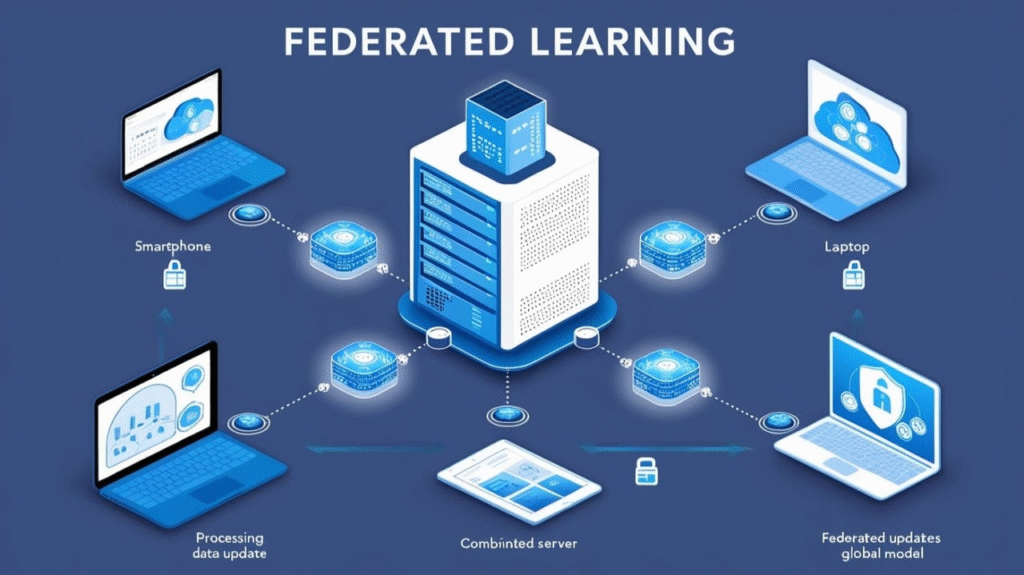
Table 1: Centralized AI vs. Decentralized AI
| Aspect | Centralized AI | Decentralized AI |
|---|---|---|
| Data Control | Single entity control | Distributed across nodes |
| Privacy | Higher data breach risk | Enhanced via encryption |
| Transparency | Opaque processes | Blockchain-based transparency |
| Accessibility | Limited to controlling entity | Open to network participants |
| Scalability | Central resource dependency | Distributed computing scalability |
Real-World Impact and Future Potential
Decentralized AI and Web3 are already making waves. Here’s how they’re shaping industries and why Millennials and GenZ should care:
- SingularityNET: A blockchain-based marketplace for AI services, SingularityNET lets developers share AI models for tasks like image recognition or natural language processing. Users pay with AGIX tokens, making AI accessible to all [3].
- Ocean Protocol: This platform creates data marketplaces where you can sell your data securely using blockchain. It’s ideal for healthcare or research, where privacy is key [4].
- Decentralized Finance (DeFi): AI-powered DeFi platforms use autonomous agents to analyze market trends, optimize lending, or detect fraud on blockchain networks. It’s like a 24/7 financial advisor [5].
- Supply Chain Optimization: Decentralized AI streamlines logistics, cuts costs, and ensures transparency in global supply chains, all on Web3 infrastructure.
The future potential is lit. In gaming, Decentralized AI could craft personalized experiences without compromising data privacy. In healthcare, it could enable secure data sharing for better diagnostics. But challenges like scalability, energy consumption, and AI bias need tackling to ensure equity and inclusivity.
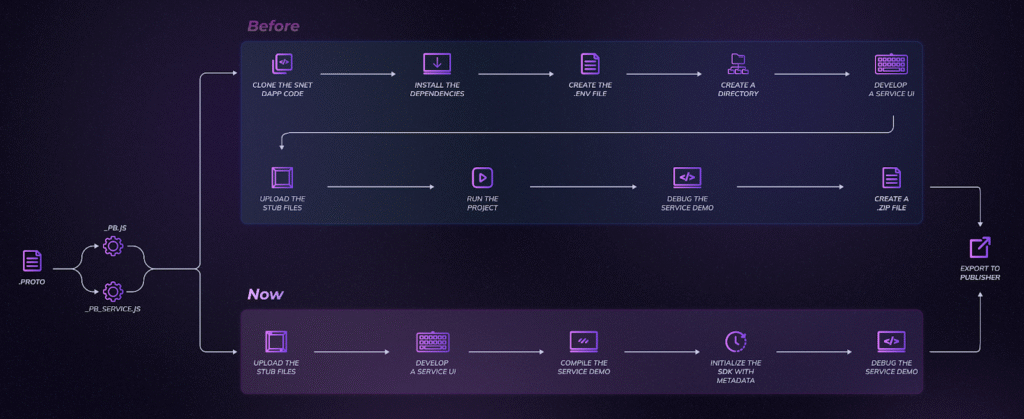
Conclusion
Decentralized AI and Web3 are rewriting the rules of the internet, creating a transparent, secure, and user-centric digital world. For Millennials and GenZ, this means owning your data, accessing innovative AI tools, and shaping a digital future that aligns with your values. Platforms like SingularityNET and Ocean Protocol are leading the charge, but regulatory hurdles and ethical AI concerns need attention. As blockchain technology and AI innovation evolve, they’ll empower Millennials and GenZ to build a fairer, smarter internet.
References
[1] Y. Lai, H. Sun, and J. Ren, “Web3: Exploring Decentralized Technologies and Applications for the Future of Empowerment and Ownership,” Blockchains, vol. 1, no. 2, pp. 111-131, 2023.
[2] J. P. Bharadiya, “Artificial Intelligence and the Future of Web 3.0: Opportunities and Challenges Ahead,” American Journal of Computer Science and Technology, vol. 6, no. 2, pp. 91-96, 2023.
[3] SingularityNET, “SingularityNET – Next Generation of Decentralized AI,” 2023. [Online]. Available: https://singularitynet.io/
[4] Ocean Protocol, “Ocean Protocol Technical Whitepaper,” 2023. [Online]. Available: https://oceanprotocol.com/tech-whitepaper.pdf
[5] J. Rodriguez, “Decentralized AI in 5 Minutes,” Medium, 2022. [Online]. Available: https://medium.com/intotheblock/decentralized-ai-in-5-minutes-2f3769deeff7
[6] Forbes Tech Council, “Decentralized Artificial Intelligence Is Coming: Here’s What You Need To Know,” Forbes, 2018. [Online]. Available: https://www.forbes.com/sites/forbestechcouncil/2018/01/11/decentralized-artificial-intelligence-is-coming-heres-what-you-need-to-know/

